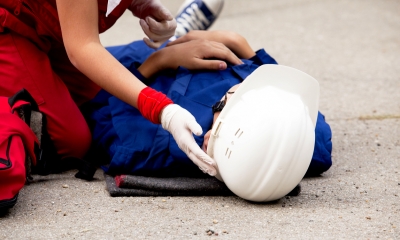
A risk assessment identifies the risks posed by your workplace, practices and processes. A risk assessment helps you identify, eliminate or reduce those risks
- Ask the Health & Safety Executive, your local council, or your local business support organisation for their guidance information on how to carry out a risk assessment.
- Check the particular legal requirements for your industry, and business generally, and the supplier instructions for the materials and equipment you use.
- Decide whether you have the experience and training to carry out the risk assessment or whether you need specialist help.
- Consider all the people who could be at risk - employees, sub-contractors, visitors, members of the public - and whether they might be particularly vulnerable (eg people with disabilities).
- Inspect your premises and processes to identify possible and actual health and safety risks.
- Be aware of all potential liabilities - not least in dealing with members of the public.
- Check insurance arrangements against potential liabilities.
- Look for possible accidents - where people might trip, collide or fall, or where unstable objects could fall on them.
- Check all the common hazards - electrical installations, machinery and vehicles, hazardous substances, lifting and carrying, slips and trips and any hazards particular to your business.
- Check for long-term health risks such as poor lighting and ventilation, noise and dust, and badly designed workstations.
- Ask employees what problems and risks they are aware of; check your accident and illness records.
- Evaluate the scale of each risk - how likely it is to cause a problem, how many people it could affect, and how seriously.
- Check whether existing precautions reduce risks as far as reasonably possible and whether they meet industry standards.
- Take action to remove risks altogether where possible; failing that, control them with suitable systems, procedures and training.
- Minimise exposure to hazards and provide protective equipment and clothing when other controls are unworkable or insufficient on their own.
- Keep a written record of your risk assessment and safety precautions.
- Communicate the processes and procedures that staff must follow to remain safe.
- Regularly monitor safety and review incident records; review your risk assessment periodically and whenever circumstances change.


